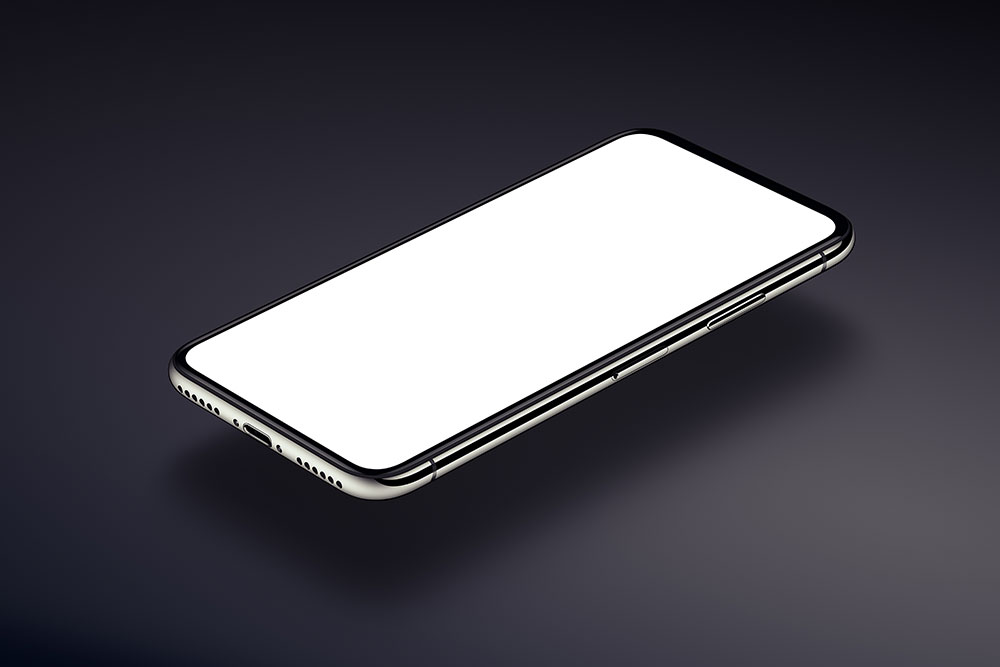Introducing the 2019 iPhone 11 Series: Key Features Explained
Apple's 2019 iPhone series introduces the iPhone 11, Pro, and Pro Max, featuring advanced cameras, powerful A13 Bionic Chips, and innovative display technology. The models vary in design, camera configurations, and water resistance, catering to diverse user preferences. Running on iOS 13, these devices deliver smooth performance, enhanced photography, and user-friendly features. Pre-order dates start September 13, with release on September 20. The lineup also includes new iPad and Watch Series 5 models, offering the latest in Apple's technology ecosystem.

Introducing the 2019 iPhone 11 Series: Key Features Explained
Apple unveiled its highly anticipated 2019 iPhone lineup on Tuesday, September 10, at the Steve Jobs Theater in Cupertino. The new models—iPhone 11, iPhone 11 Pro, and iPhone 11 Pro Max—feature advanced camera systems and the latest A13 Bionic Chip, promising a premium user experience. Notable differences among these devices include camera configurations, battery life, and display quality. This article provides an overview of the design, performance, camera technology, and other highlights of the new iPhones.
Design and Screen
The iPhone 11 sports a glass and aluminum build, while the Pro models utilize textured matte glass combined with stainless steel, enhancing durability. The Pro versions incorporate the strongest glass Apple has used, ensuring resilience. The iPhone 11 supports water resistance up to 2 meters, whereas the Pro models increase that to 4 meters. The iPhone 11 Pro and Max feature Super Retina XDR displays with vibrant HDR, ideal for high-definition content, while the standard iPhone 11 has a Liquid Retina display without HDR support.
All three models support wide color and True Tone technology for natural visuals, with Haptic Touch integrated for smooth app management via iOS 13.
Powerful A13 Bionic Chip
The A13 Bionic is Apple’s fastest chip to date, boosting CPU and GPU performance by 20%. Designed for machine learning, it includes a Neural Engine enabling faster processing of images and videos. The new Machine Learning Accelerators handle over a trillion operations per second, ensuring high efficiency. The chip also helps extend battery life; the Pro models deliver up to 4 and 5 extra hours respectively compared to previous XS devices, thanks to optimized energy management.
Enhanced Camera Capabilities
The improved camera systems offer professional-level photography. The iPhone 11 features dual cameras, while the Pro models come with triple-camera setups, including telephoto lenses for better zoom and portrait shots. The Pro versions capture 40% more light for improved low-light photography. All three models shoot stunning 4K videos with cinematic stabilization, extended dynamic range, and features like Night Mode, Portrait Mode with advanced Bokeh, and a brighter True Tone flash. The QuickTake feature allows video recording by simply holding the shutter button.
A new 12MP TrueDepth front camera with a wider field of view makes selfies more impressive, and the selfie videos can now be recorded in 4K slow motion, adding a fun new element.
iOS 13 Integration
Running on iOS 13, the new iPhones deliver a seamless user experience. The OS introduces Dark Mode for better privacy and easier navigation. It also enhances photo and video editing with features like High-Key Mono and adjustable Portrait Lighting. These updates make content creation more intuitive.
The iPhone 11 is priced starting at $699, while the Pro and Pro Max are available at $999 and $1,099 respectively. Pre-orders begin on September 13, with in-store releases on September 20. Alongside, Apple announced new iPad and Watch Series 5 models.










